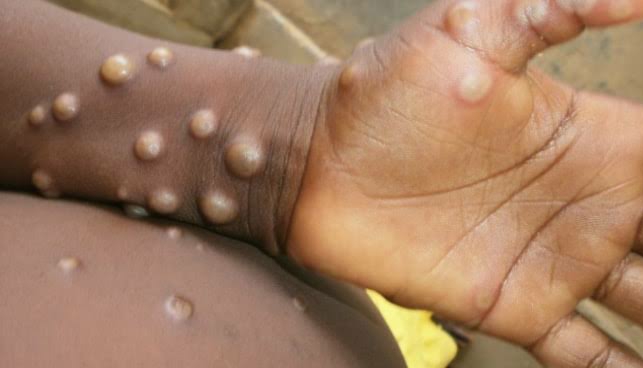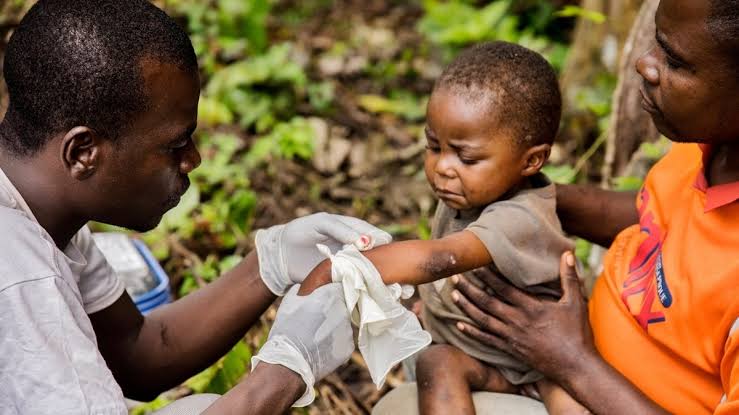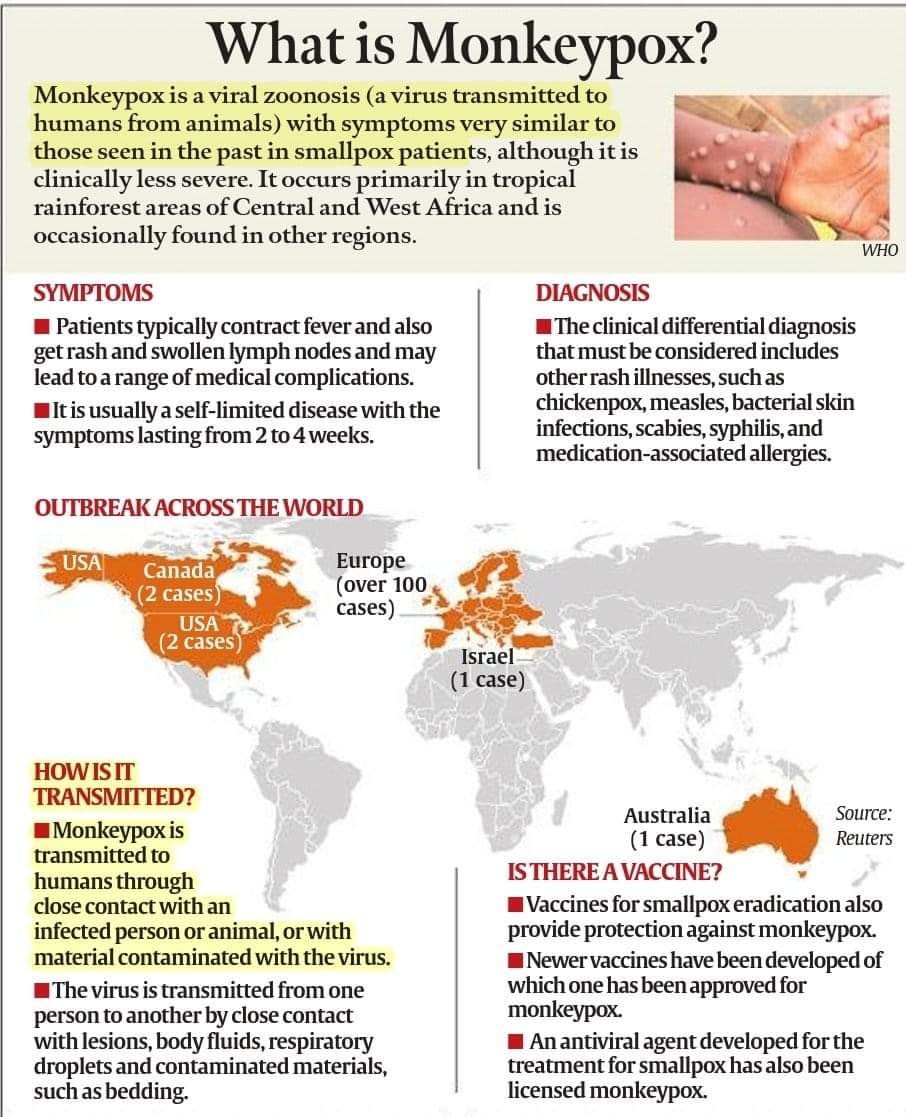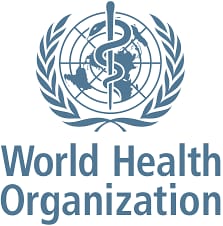
Since 13 May 2022, cases of monkeypox have been reported to WHO from 12 Member States that are not endemic for monkeypox virus, across three WHO regions.France, Germany, Belgium, and Australia reported their first cases on Friday. To date, no one has died in the outbreak.Epidemiological investigations are ongoing, however, reported cases thus far have no established travel links to endemic areas.
What is Monkeypox disease

Monkeypox is a viral zoonosis (a virus transmitted to humans from animals) with symptoms very similar to those seen in the past in smallpox patients, although it is clinically less severe. It is caused by the monkeypox virus which belongs to the orthopoxvirus genus of the Poxviridae family. There are two clades of monkeypox virus: the West African clade and the Congo Basin (Central African) clade. The name monkeypox originates from the initial discovery of the virus in monkeys in a Danish laboratory in 1958. The first human case was identified in a child in the Democratic Republic of the Congo in 1970.
How it is transmitted?

Monkeypox virus is transmitted from one person to another by close contact with lesions, body fluids, respiratory droplets and contaminated materials such as bedding. The incubation period of monkeypox is usually from 6 to 13 days but can range from 5 to 21 days.
Various animal species have been identified as susceptible to the monkeypox virus. Uncertainty remains on the natural history of the monkeypox virus and further studies are needed to identify the exact reservoir(s) and how virus circulation is maintained in nature. Eating inadequately cooked meat and other animal products of infected animals is a possible risk factor .
Monkeypox is usually self limiting.

Monkeypox is usually self-limiting but may be severe in some individuals, such as children, pregnant women or persons with immune suppression due to other health conditions. Human infections with the West African clade appear to cause less severe disease compared to the Congo Basin clade, with a case fatality rate of 3.6% compared to 10.6% for the Congo Basin clade.
Public health response
Further public health investigations are ongoing in non-endemic countries that have identified cases, including extensive case finding and contact tracing, laboratory investigation, clinical management and isolation provided with supportive care.
Genomic sequencing, where available, have been undertaken to determine the monkeypox virus clade(s) in this outbreak
Vaccination for monkeypox, where available, is being deployed to manage close contacts, such as health workers. WHO is convening experts to discuss recommendations on vaccination.
Suspected case:
A person of any age presenting in a monkeypox non-endemic country,with an unexplained acute rash
AND
One or more of the following signs or symptoms, since 15 March 2022:
Symptoms
Headache
Acute onset of fever (>38.5oC),
Lymphadenopathy (swollen lymph nodes)
Myalgia (muscle and body aches)
Back pain
Asthenia (profound weakness)
AND
for which the following common causes of acute rash do not explain the clinical picture: varicella zoster, herpes zoster, measles, Zika, dengue, chikungunya, herpes simplex, bacterial skin infections, disseminated gonococcus infection, primary or secondary syphilis, chancroid, lymphogranuloma venereum, granuloma inguinale, molluscum contagiosum, allergic reaction (e.g., to plants); and any other locally relevant common causes of papular or vesicular rash.
What is treatment of Monkeypox?
People exposed to the virus are often given one of several smallpox vaccines, which have been shown to be effective against monkeypox. Anti-viral drugs are also being developed. The European Centre for Disease Prevention and Control has recommended all suspected cases be isolated and that high-risk contacts be offered the smallpox vaccine.
Health Desk- The Indian Opinion